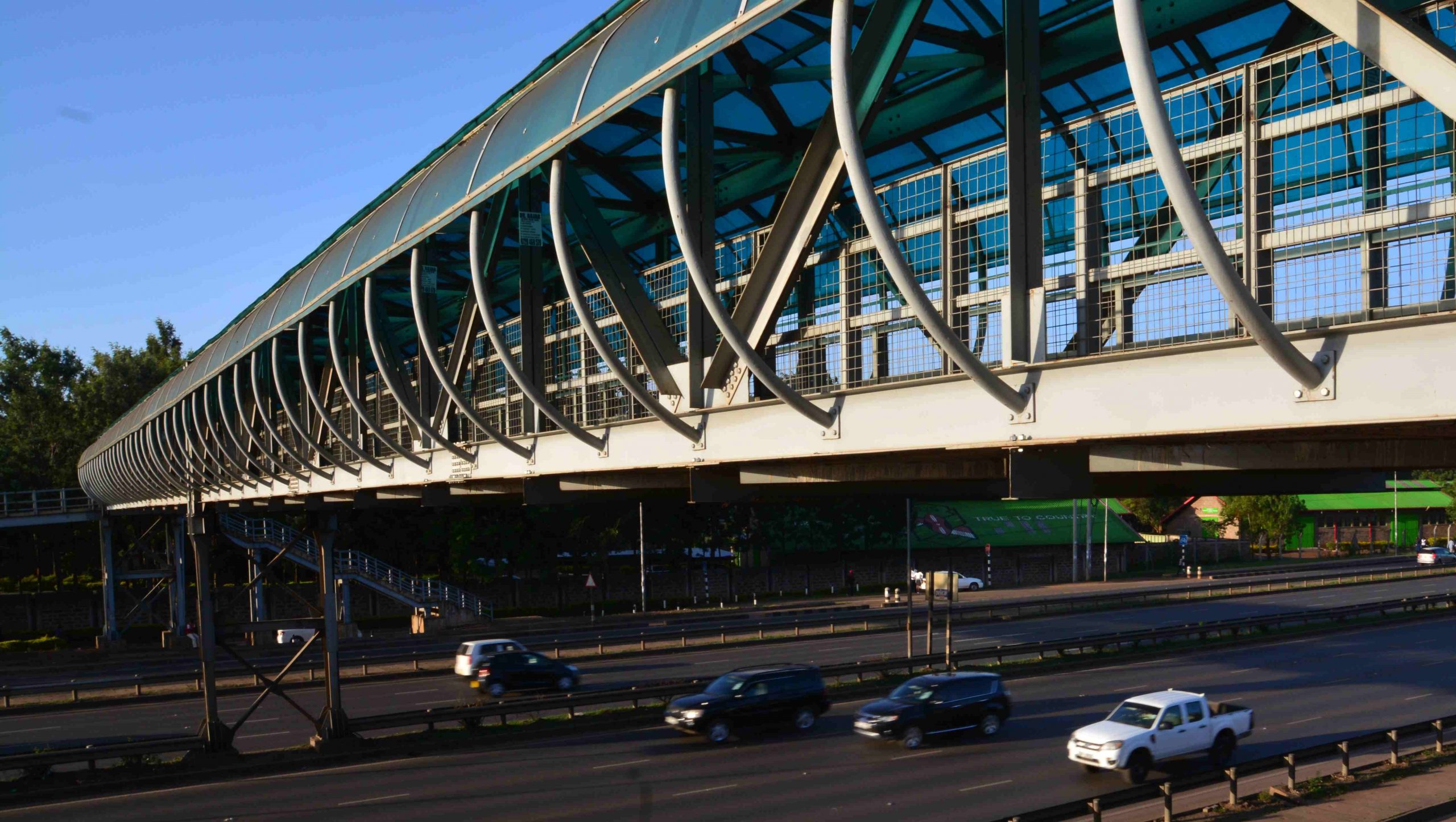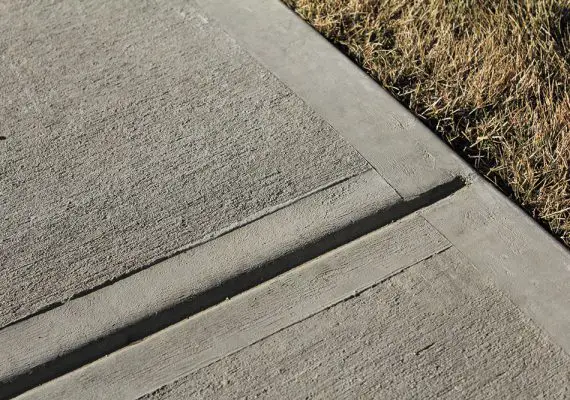What Is A Tuckpointing? Why Is Tuckpointing Necessary?
What Is A Tuckpointing? Why Is Tuckpointing Necessary?
Tuckpointing is a technique that involves using two different colors of mortar to create the appearance of very thin mortar joints in brickwork. The mortar is typically chosen to contrast with the color of the bricks giving the illusion of finely detailed joints.
In some parts of North America, the term tuckpointing may be used interchangeably with pointing, which refers to the process of repairing or finishing off joints in newly laid masonry, or repointing which refers to the process of repairing and replacing old or damaged mortar in masonry.
Tuckpointing is a technique used to improve the appearance and protect the exterior of a building. It involves sealing and strengthening the joints between bricks or stones typically in a wall or chimney. This process requires the skills of a trained and experienced mason to ensure it is done correctly and effectively.
In addition to enhancing the appearance of the building, tuckpointing also helps to maintain the structure by preventing moisture from infiltrating and causing damage.
History Of Tuckpointing
Tuckpointing is a masonry technique developed in England in the late 18th century. It involves using unrubbed bricks and a fine fillet of white material, such as pipe clay or putty, in the joints between bricks to create the appearance of well-formed brickwork.
The technique was originally used to imitate the look of rubbed bricks, which were finely finished bricks that were slightly oversized and individually abraded or cut to precise sizes.
When laid with white lime mortar, the resulting brickwork had a neat finish with red bricks contrasting with very fine white joints.
The term “tuckpointing” comes from an earlier technique in which a thin line, called a tuck, was drawn in the flush-faced mortar but left unfilled to give the impression of well-formed brickwork.
“Wigging,” a similar technique used in Ireland, involves applying white ribbons first and then filling or coloring the surrounding mortar to match.
How Is Tuckpointing Done?
Tuckpointing involves repairing and replacing damaged mortar in brick or stone structures. It is a labor-intensive process that can be costly if there is a large amount of damage.
To minimize future repairs, it is best to be proactive and address any issues as soon as they are noticed.
To repair the mortar joints on a brick wall, you’ll need to follow these steps:
- Remove the old mortar to a depth of about an inch using either an angle grinder or hammer and chisel.
- Clear away any dust or debris from the joints with a masonry brush or high-pressure air nozzle.
- Mix a batch of new mortar that matches the color of the bricks using mortar pigment if needed.
- Fill the joints with the new mortar, starting with the horizontal joints.
- Smooth the surface of the wet mortar making it either flat or slightly curved, depending on your preference.
- When the mortar has started to harden but is still somewhat pliable use a straightedge and tuckpointing tool to create straight lines in the center of the joints.
Why Is Tuckpointing Necessary?
Tuckpointing is a process used to repair or replace the mortar between bricks in a wall or other masonry structure.
It is advisable to have this work done before the damage to the mortar becomes noticeable. If you are unsure whether your building needs tuckpointing it is a good idea to consult an expert.
If you are planning renovations or additions to your building it is important to have the existing structure inspected for any necessary repairs and to budget for them.
Older masonry buildings may not have modern features such as air gaps, weeps and vents which can make them more vulnerable to moisture damage.
When moisture enters these buildings it can spread through the masonry and lead to the growth of mold and mildew which can be harmful to your health. In cold climates moisture that enters the walls or condenses can freeze and damage building materials if it does not have a way to escape. Tuckpointing can help prevent these issues.
Conclusion
In conclusion, tuckpointing is an essential part of masonry work, and an important tool for preserving the structural integrity of your building. When done correctly, it can help protect your property from weather-related damage and extend its longevity.
Tuckpointing can also add an aesthetically pleasing touch to a building’s exterior. Finally, it should be noted that with any major repair project – such as tuckpointing – it’s always best to hire a qualified, certified professional to ensure the job is done correctly and safely.


